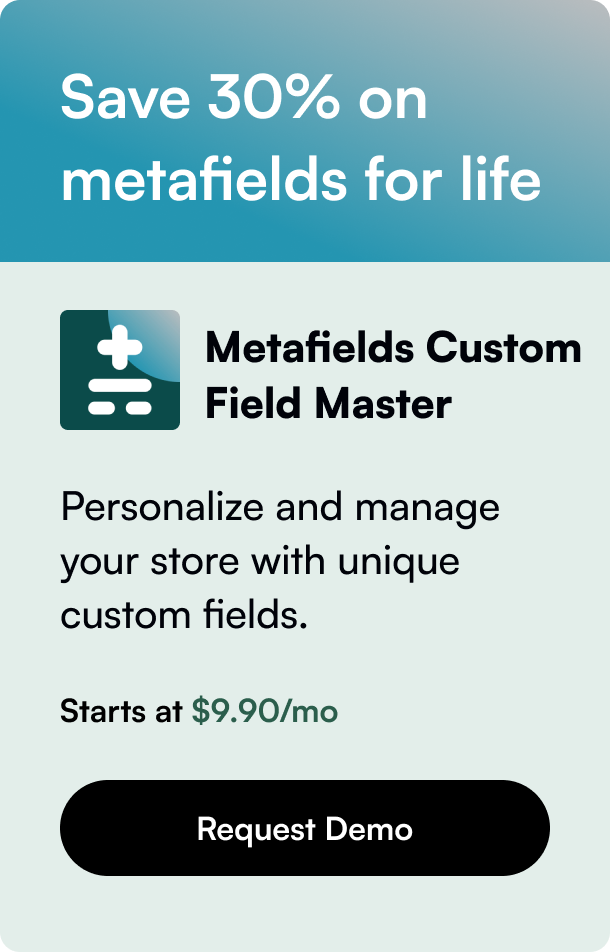Table of Contents
Introduction
Are you looking to create a Shopify app but not sure where to start? Whether you're a seasoned developer or a newcomer to the Shopify ecosystem, building a Shopify app can be a challenging but rewarding process. In this blog post, we'll take you through the process step by step, highlighting the best practice, and giving you all the tips and tricks you need to make a successful Shopify app.
Why Build a Shopify App?
Building Shopify apps can be lucrative and help you tap into the growing Shopify ecosystem. With over a million active users, Shopify offers an extensive customer base for your apps. By creating tools that help Shopify users grow their online businesses, you're contributing to a vibrant community while potentially generating significant income.
Target Audience
This detailed guide is primarily aimed at developers who have a basic understanding of JavaScript and React. We will ensure clarity throughout the post and avoid complex jargon that might confuse readers.
Starting Off
What You Will Need
Before we delve into the building process, ensure you have the following:
- A Shopify Partner account
- Node.js installed on your computer
- Basic knowledge of React.js
- Understanding of RESTful APIs and how to interact with them
Step-by-Step Building Process
Step 1: Setting Up Your Development Environment
Set up your local development environment by creating a new project directory and initializing a new Node.js project with npm init. Install necessary dependencies such as express for your server and react, react-dom for your React frontend.
Step 2: Build Your Backend
Using Express, create a simple server that will handle requests from your Shopify app. The server will use Shopify's API to communicate to and from your app frontend. Here, you will also handle authentication to ensure secure communication with Shopify's servers.
Step 3: Developing the Frontend
Shift to your client-side and start building your React app. Implement UI components that provide a seamless and friendly user experience. Shopify's Polaris design system can be a great resource to ensure your app's interface is sleek and Shopify-esque.
Step 4: Authentication with Shopify
One of the core functionalities you'll have to implement is authenticating your app with Shopify. This ensures that your app can safely interact with user data without compromising security. Shopify uses OAuth for authentication, and you'll need to set up these flows in your application.
Step 5: Handling Shopify Webhooks
Webhooks are crucial for real-time updates in your Shopify app. Configure them properly so your application can respond to events triggered within a user's Shopify store, such as new orders or product updates.
Step 6: App Testing
Test your app thoroughly to ensure that all parts, from authentication to API calls, are working as expected. Use automated testing frameworks like Jest for your backend and a combination of Enzyme and Jest for your React components.
Step 7: Deployment
Deploy your Shopify app. Several platforms offer easy deployments for Node.js apps, like Vercel or Heroku. Make sure that your deployment process includes necessary environment variables and secure storage for API keys and app credentials.
Step 8: Submitting Your App to Shopify
Prepare to submit your application to Shopify for review. This includes writing a thorough app description, providing detailed installation and setup instructions, and a video walk-through of the app functions if possible.
Adding Advanced Features
Once you’ve got the basics down, consider implementing the following to make your app stand out:
- User preferences and settings persistence.
- Advanced interactions with Shopify’s admin APIs to perform tasks on a user’s behalf.
- Strategies to handle scaling as more users install your app, like database caching and efficient API usage.
Conclusion
Building a Shopify app with Node and React involves a comprehensive understanding of both Shopify's requirements and a good grasp of the technical stack. By ensuring your app is well-designed, efficiently coded, and thoroughly tested, you'll be making a valuable addition to the Shopify ecosystem.
FAQs About Building Shopify Apps
Q: Do I need to be proficient in both frontend and backend development?
A: While it helps to have skills in both, you could also team up with another developer to complement each other’s skills.
Q: How long does it take for Shopify to approve my app?
A: Shopify's app review process can take anywhere from a few days to a few weeks, depending on the complexity and security of the app.
Q: What programming languages are best for Shopify app development?
A: Shopify's back-end is Ruby on Rails, but for app development, you can use Node.js and React successfully.
Q: Is it beneficial to fully understand Shopify’s API?
A: Absolutely. A comprehensive understanding of Shopify's API is crucial to interact effectively with Shopify's ecosystem.
By closely following the steps outlined in this guide and adhering to Shopify’s development standards, you can create an app that serves Shopify's wide user base, enhances the e-commerce experience, and contributes positively to your professional portfolio. Good luck and happy coding!








